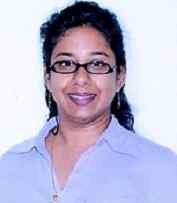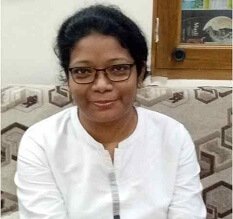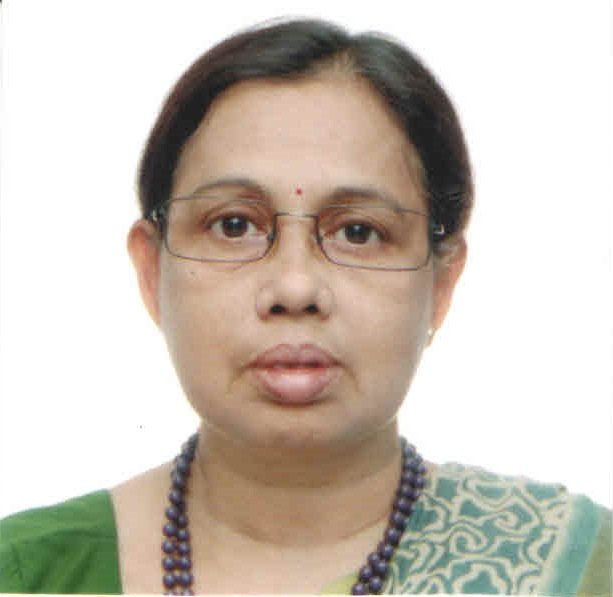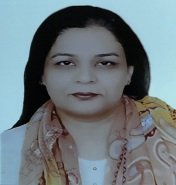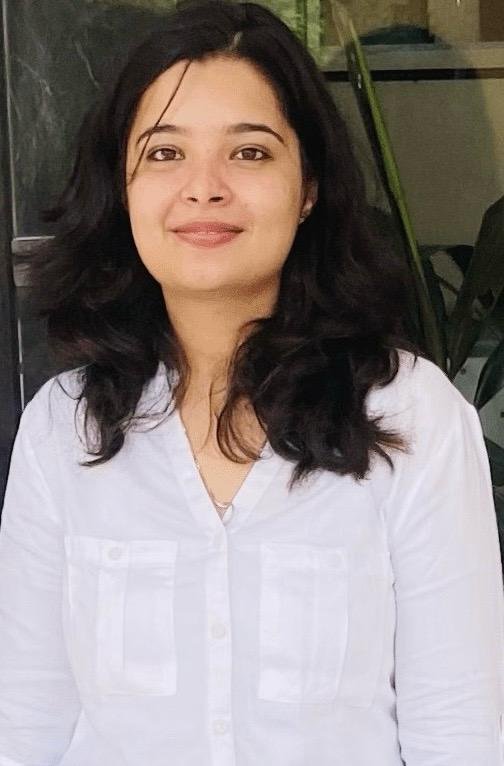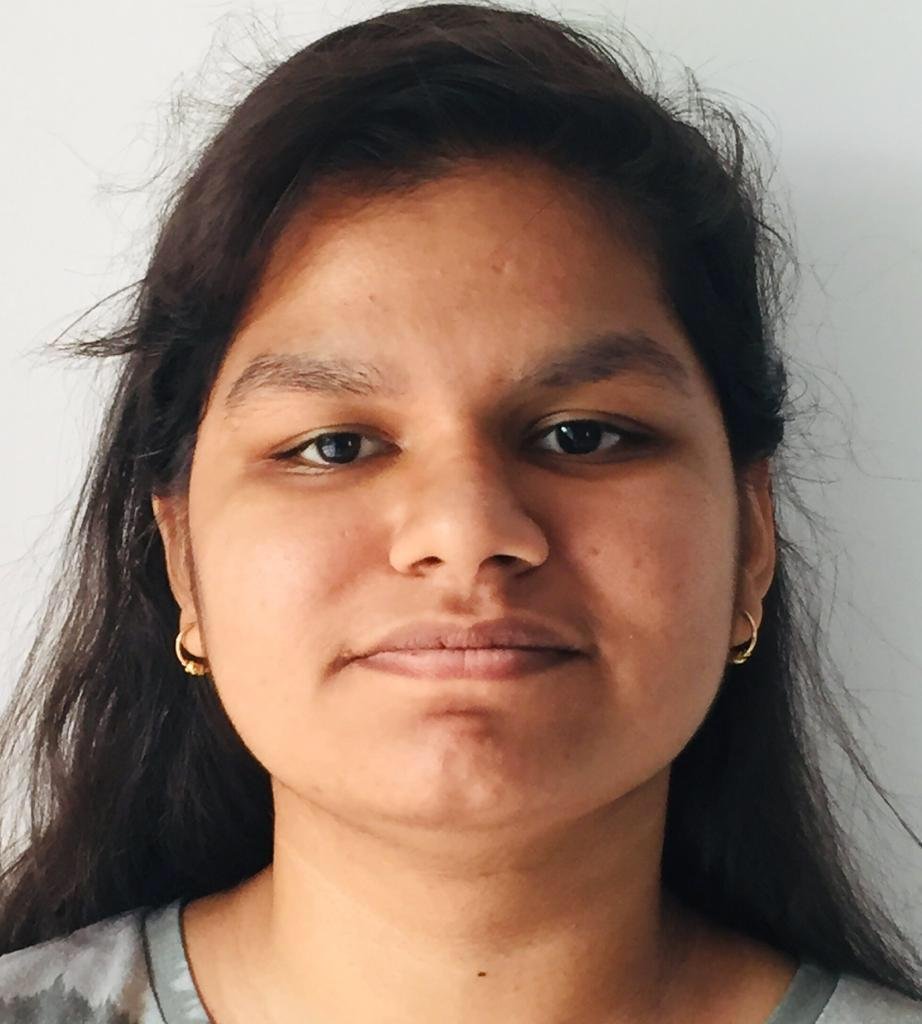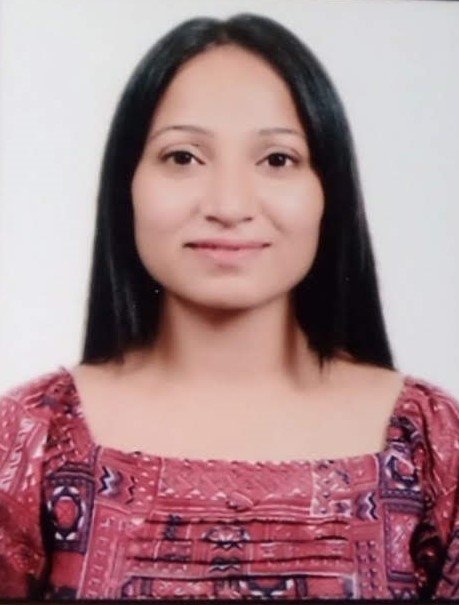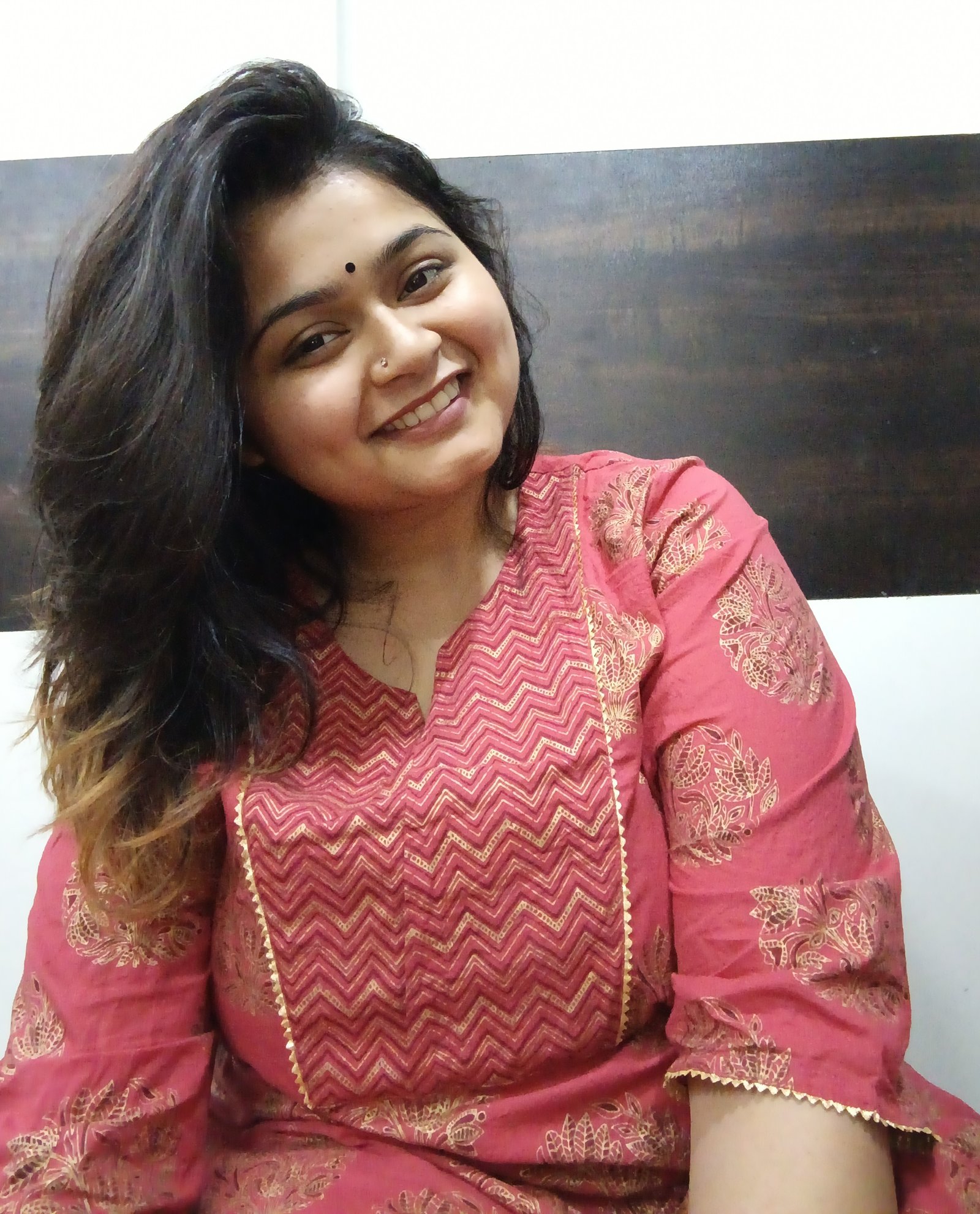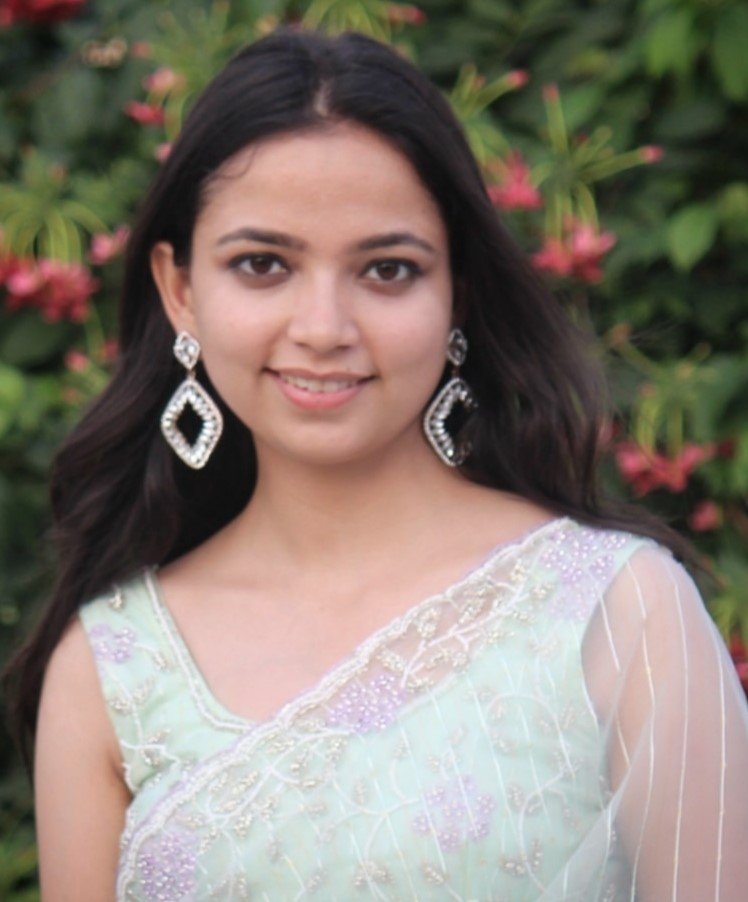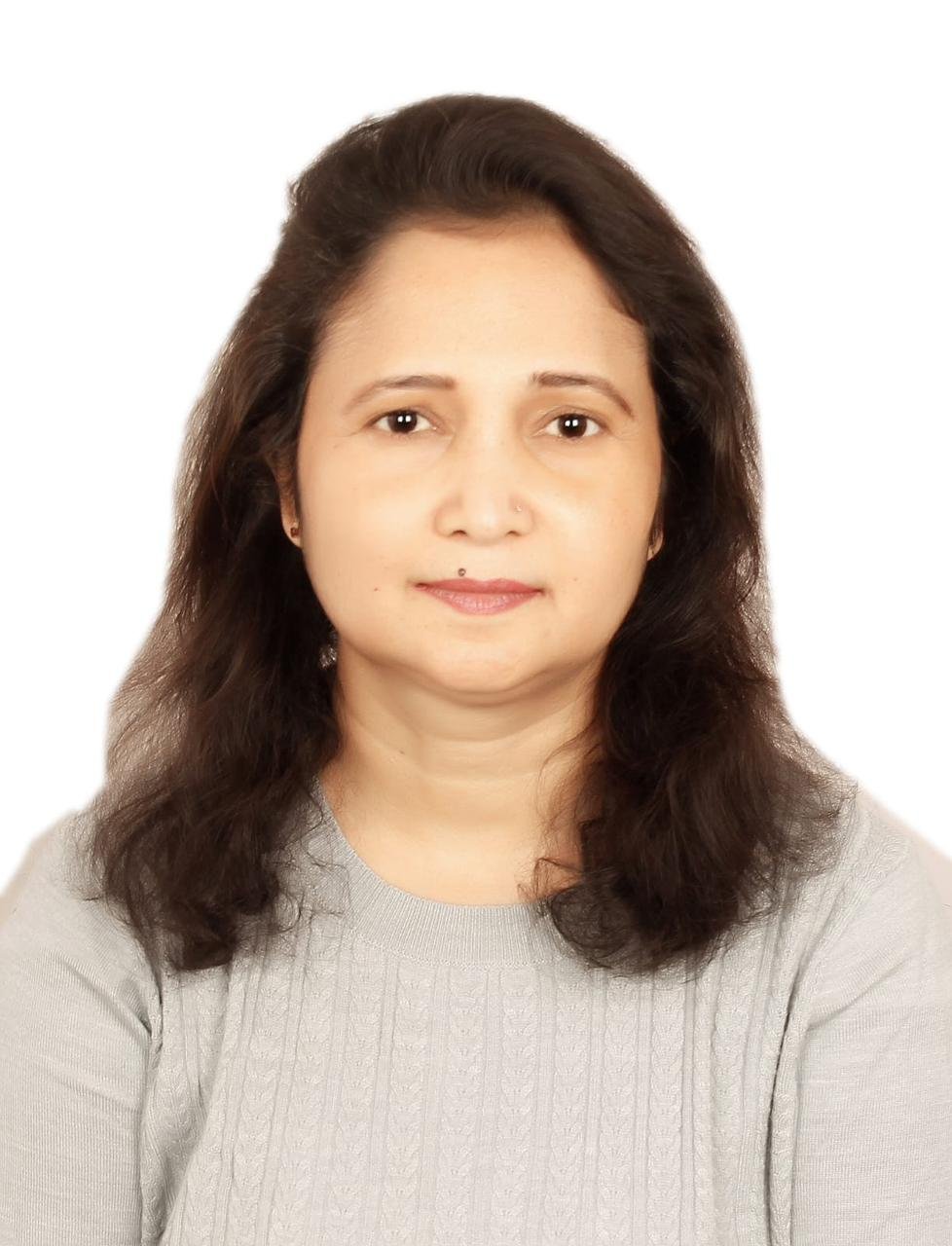
An Overview
Cerebral palsy is a group of non-progressive neurological disorders, caused due to any damage to the brain. This disorder impacts normal life of children by affecting their movement, muscles, senses and some cognitive abilities. It is classified into four main types, namely Spastic, Athetoid, Ataxic and Mixed Cerebral Palsy. The treatment of Cerebral Palsy is based on the type of movement disorder associated with it. Common movement disorders are Spasticity, Rigidity, Involuntary movements, and Abnormal muscle tone. Muscle tone is classified as Hypertonia, when muscle tone is more than normal, or Hypotonia, when muscle tone is less than normal.
Spastic Cerebral Palsy
Spastic cerebral palsy affects more than 70 percent of cerebral palsy patients and is the most common type of cerebral palsy. Kids with spastic cerebral palsy are hypertonic with stiff, tight muscles which cannot relax in some parts of their body. The affected joints may become rigid and difficult to move.
Children with spastic cerebral palsy struggle to control their movements, eat and speak.They may walk with an abnormal gait, such as walking on their toes instead of on flat feet.
Spastic Cerebral Palsy has been divided into three sub-categories:
- Spastic hemiplegia- affects the leg, arm, and hand on one side of the body.
- Spastic diplegia- involves muscle rigidity, primarily in the legs. The arms however, may or may not be affected.
- Spastic quadriplegia- Most severe type of cerebral palsy, affecting all four limbs. Spastic quadriplegia occurs when there are major brain injuries/malfunctions.
Athetoid Cerebral Palsy
Athetoid cerebral palsy, is a less common form, affecting between 10 and 20 percent of cerebral palsy patients. This type of cerebral palsy is notable for causing movements out of the kid's control, such as slow writhing of the body and jerky movements of the arms, legs, hands and feet.
Infants with the condition are typically hypotonic (low body tone), with “poor head control and head lag.” As they age, their muscle tone may tend to increase.
It tends to impact the upper extremities more than the lower ones. In addition, it often affects the oropharyngeal muscles, which can make eating and speaking difficult. Despite all these symptoms, intelligence is rarely affected.
Athetoid cerebral palsy is most commonly caused by asphyxia, lack of oxygen, at the time of birth. Severe Infantile jaundice and metabolic genetic disorders can also lead to athetoid cerebral palsy.
Ataxic Cerebral Palsy
Up to 10 percent of children with cerebral palsy have ataxic cerebral palsy. Kids with ataxic cerebral palsy tend to have tremors that occur with voluntary movements. This may lead to difficulty performing tasks requiring precise motor control, such as buttoning their clothes and writing, they may walk with an unsteady gait with their feet far apart from one another.
Mixed Cerebral Palsy
Kids with mixed cerebral palsy have symptoms of more than one type of the above varieties, hence it’s name. They may have some hypertonic muscles, as of spastic cerebral palsy, and some hypotonic muscles, as of athetoid cerebral palsy. Mixed cerebral palsy results from damage to multiple parts of the brain. The most common type of mixed C.P involves both athetoid and spastic movements; however, other combinations are also possible.
Abnormal brain development or injury to the developing brain causes Cerebral Palsy. The damage commonly affects those parts of the brain that control body movements, coordination, and posture.
The brain damage usually occurs before birth, but it can also happen during birth or the initial first years of life.The exact cause of CP isn’t known in most cases. Some of the possible causes are :
- Asphyxia Neonatorum (lack of oxygen to the brain during labor and delivery)
- Genetic mutations that may result in abnormal brain development
- Severe infantile jaundice
- Maternal infections, such measles and herpes simplex
- Brain infections like encephalitis and meningitis
- Intracranial hemorrhage (bleeding into the brain)
- Head injuries as a result of an accident/fall, or child abuse
- Issues in muscles, commonly of the limbs: too flexed, stiff muscles, floppy (loose), exaggerated and/or lack of coordination in muscles.
- Involuntary movements and tremors (jerks/shaking), seizures (epilepsy) and/or slow movement.
- Slow motor skills like issues in swallowing, sucking and/or eating.
- Cognitive Issues like Intellectual disability, issues of perception, learning disability and/or other mental health conditions.
- Issues of senses like hearing, touch, sight, smell.
- Poor/no bladder and bowel control.
Children with Cerebral Palsy may have other problems, such as:
- Communication issues, including speech and language disorders
- Drooling (Dripping saliva from mouth)
- Spinal deformities like scoliosis (curving towards side), lordosis (saddle back) and/or kyphosis (humpback)
- Osteoarthritis (pain in joints)
- Contractures, which occur when the muscles get locked in painful abnormal positions
- Bladder/bowel incontinence
- Osteopenia (poor bone density making bones brittle/easily breakable)
- Dental issues
As the condition is non-progressive in nature, Physical & Occupational Therapy can help the children with cerebral palsy improve their body functions, Movement and Motor abilities, Activities of Daily Living etc. Alongwith this, occupational therapy helps to improve cognitive, social abilities as well as fine motor skills and posture. It can also help address difficulties with processing sensory information.
OT helps children with cerebral palsy by :
- Increasing their level of indipendence
- Improving their skills to play and learn
- Increasing their confidence and self-esteem
- helping them with a workable routine
- giving them a sense of achievement
- making their quality of life better
We also help in devising Aids & Assistance devices (Orthosis & Prosthesis) for individuals with Cerebral palsy. You can consult with our experienced Child Developmental & Occupational therapists for the same.
Our Therapists
Our Services
- ADDICTION COUNSELLING
- BIPOLAR DISORDER
- ANXIETY COUNSELLING
- ATTENTION DEFICIT HYPERACTIVITY DISORDER (ADHD)
- DEPRESSION
- OBSESSIVE-COMPULSIVE DISORDER(OCD)
- RELATIONSHIP ISSUES
- SLEEP DISORDER
- SEXUAL DYSFUNCTION
- ANGER MANAGEMENT
- CAREER COUNSELLING
- CHILD AND ADOLESCENT COUNSELLING
- LEARNING COUNSELLING
- PERSONALITY DISORDERS
- SELF CONFIDIENCE
- STRESS COUNSELLING
- SUBSTANCE ABUSE MANAGEMENT
- TRAUMA DISORDERS
- AUTISM (ASD)
- ANXIETY
- (ADHD) ATTENTION DEFICIT HYPERACTIVITY DISORDER
- LEARNING DISABILITY (L.D.)
- POOR SCHOOL PERFORMANCE
- SPEECH DISORDER
- APPLIED BEHAVIOR ANALYSIS
- DEVELOPMENTAL DELAY
- AUTISM SPECTRUM DISORDER
- ATTENTION DEFICIT HYPERACTIVITY DISORDER
- CEREBRAL PALSY & OT
- SENSORY PROCESSING DISORDER & OT
- INTELLECTUAL DISABILITY/DOWN SYNDROME & OT
- LEARNING DIFFICULTIES & OT
- SPEECH/LANGUAGE DELAY & OT
- GERIATRIC COUNSELLING


